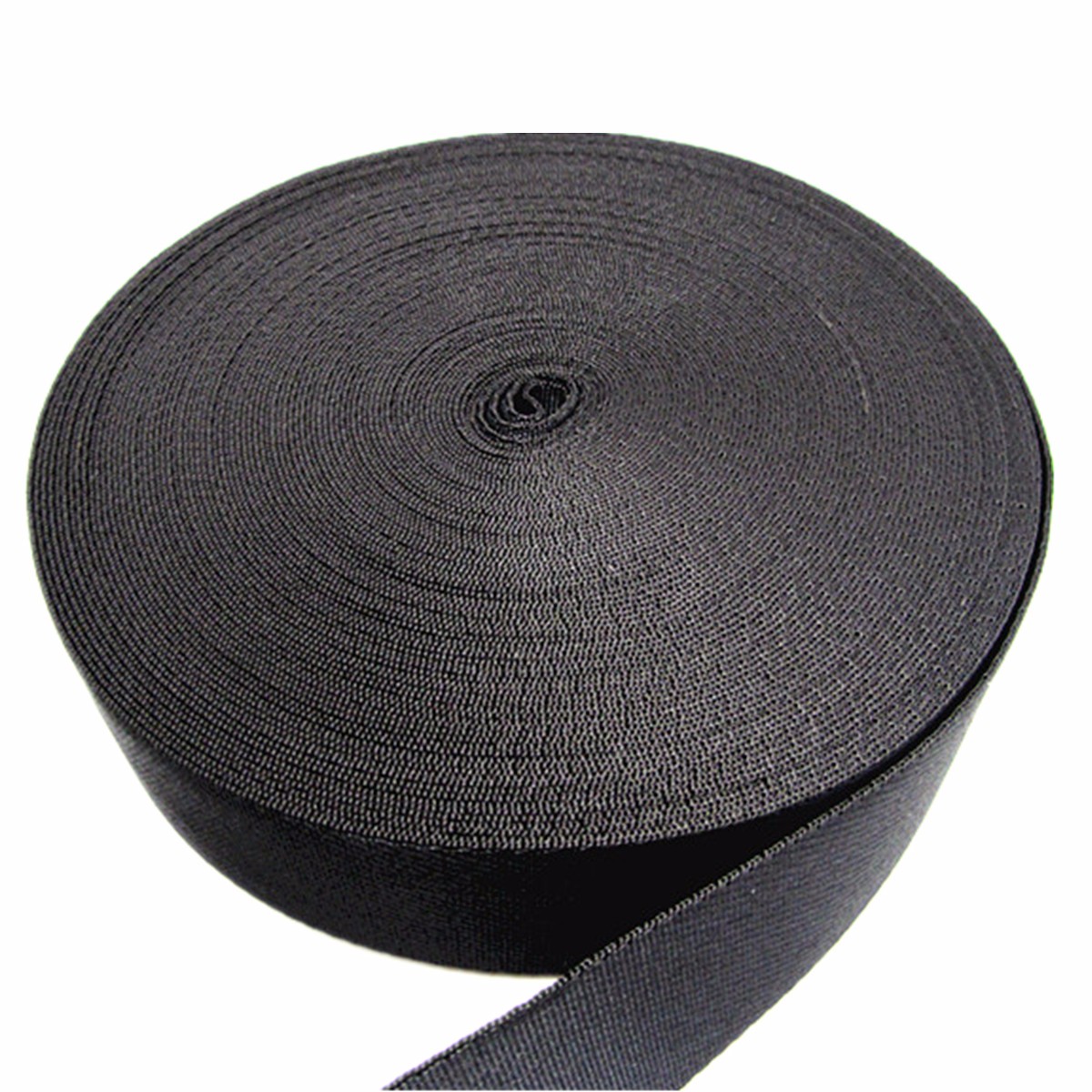Continue to make the stitch until you have stitched the entire netting. Bunch up the fabric by holding the thread and easing the material back with your hand. Wrap the thread a …

Oct 07, 2017 · Repeating these steps should increasingly widen the net as you continue to make loops and knots; every new square will have two attached loops with which to continue. Once your net has reach desired length, you will ignore one of these two loops to narrow the net back down.



In this tutorial, we learn how to make your own nylon. You will need: pipettes, pipette filler, forceps, beaker, stir rod, sebacoyl chloride and hexanediame solution. Now, pour some of the hexanediame solution into the small beaker. Add in a food coloring if you want to make this a specific color. After this, add in 4 cc’s of sebacoyl chloride and carefully drip into the side of the beaker.
Nylon is a polymer you can make yourself in the lab. A strand of nylon rope is pulled from the interface between two liquids. The demonstration sometimes is called the ‘nylon rope trick’ because you can pull a continuous rope of nylon from the liquid indefinitely. Close examination of the rope will reveal that is is a hollow polymer tube.

A solution of decanedioyl dichloride in cyclohexane is floated on an aqueous solutionof 1,6-diaminohexane. Nylon forms at the interface and can be pulled out as fast as it isproduced forming a long thread – the ‘nylon rope’.





Nov 06, 2015 · [-OC-( CH2)4-CO-NH-(CH2)6-NH-] n + 2n H2O Nylon ‘66’ It is called ’66’ because there are 6 carbon atoms from each molecule making 6 + 6 = 12 carbon atoms per monomer.
Nylon-6,6. This polymer is made by condensing two six-carbon molecules, hexanedioic acid and 1,6-diaminohexane. In industry, cyclohexane is used to make both monomers. If cyclohexane is oxidised, the ring opens and both ends of the chain have an acid group – hexanedioic acid is formed.
Jan 29, 2007 · A chemical demonstration of the synthesis of nylon in Carleton University’s CHEM 1000 course. Carleton University, Ottawa, Canada.
Uses of nylon 1. Nylon is a high strength fibre. It is used for making fishing nets, ropes, parachutes and type cords. 2. It is used for making fabrics in textile industry. 3. Crinkled nylon fibres are used for making elastic hosiery. 4. Nylon is widely used as plastic for making machine parts. It is blended with wool to increase the strength.
Pull up the single thread to eye level. Place the tweezed end of the thread of nylon onto a spool. Slowly turn the spool and the nylon will pull out of the solution in a long, thin string. The thread will continue until the chemicals are used up.